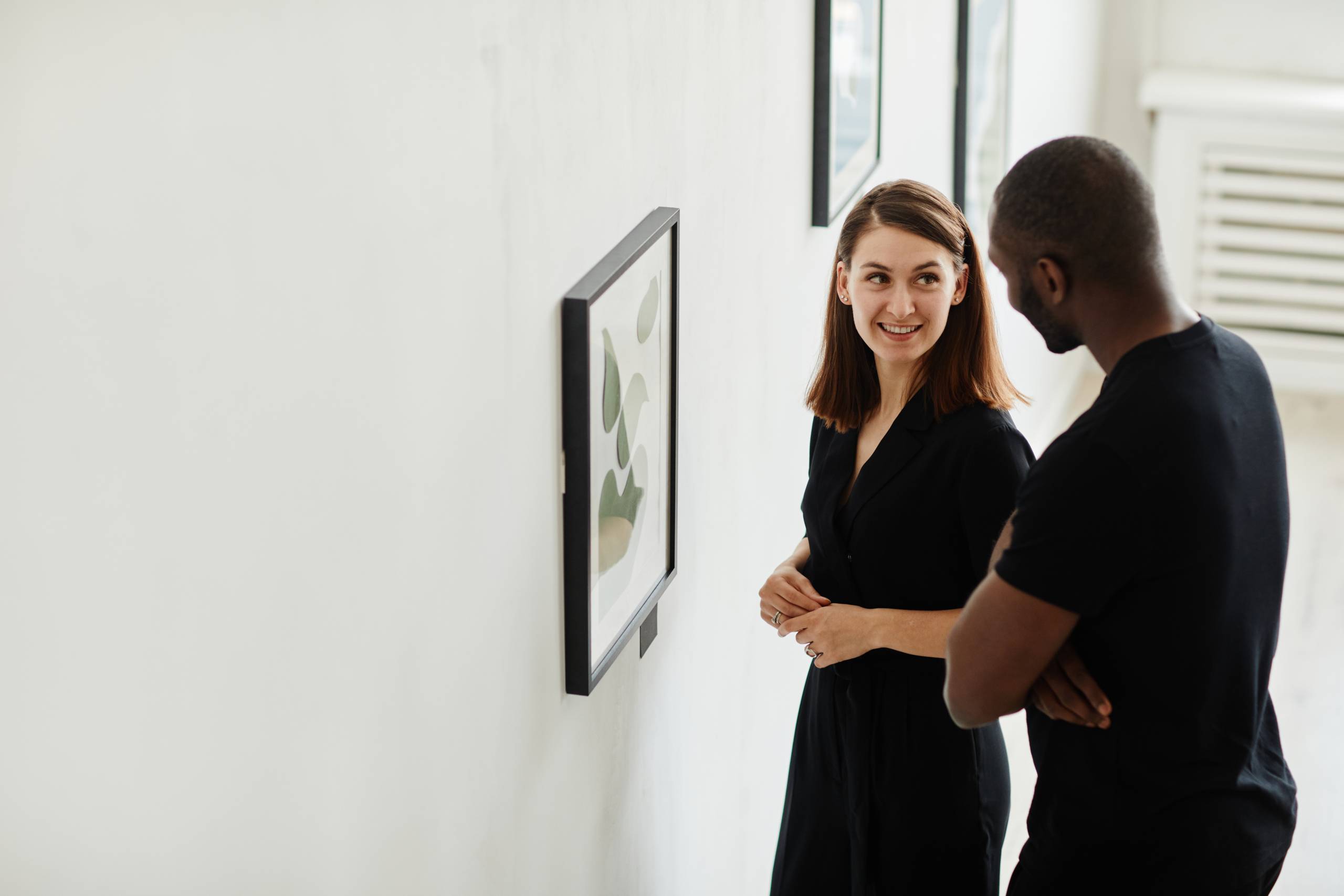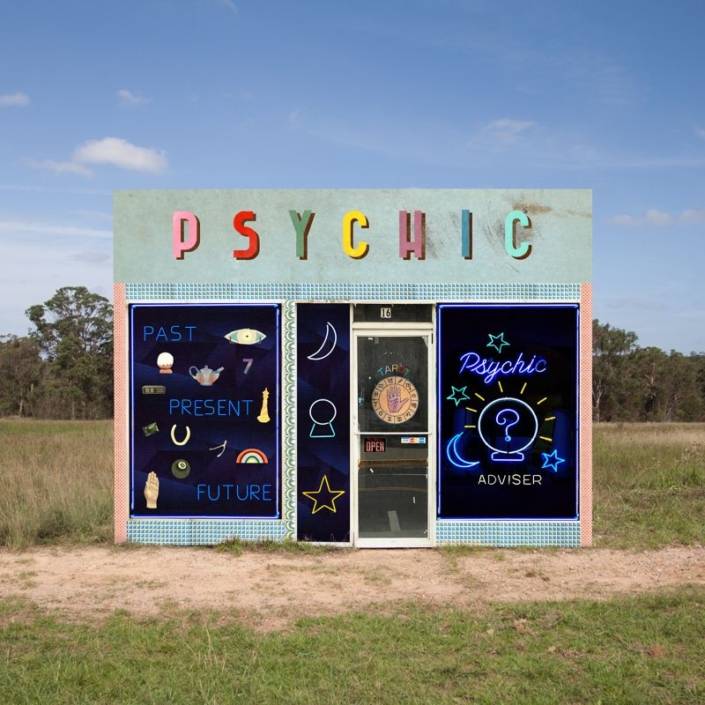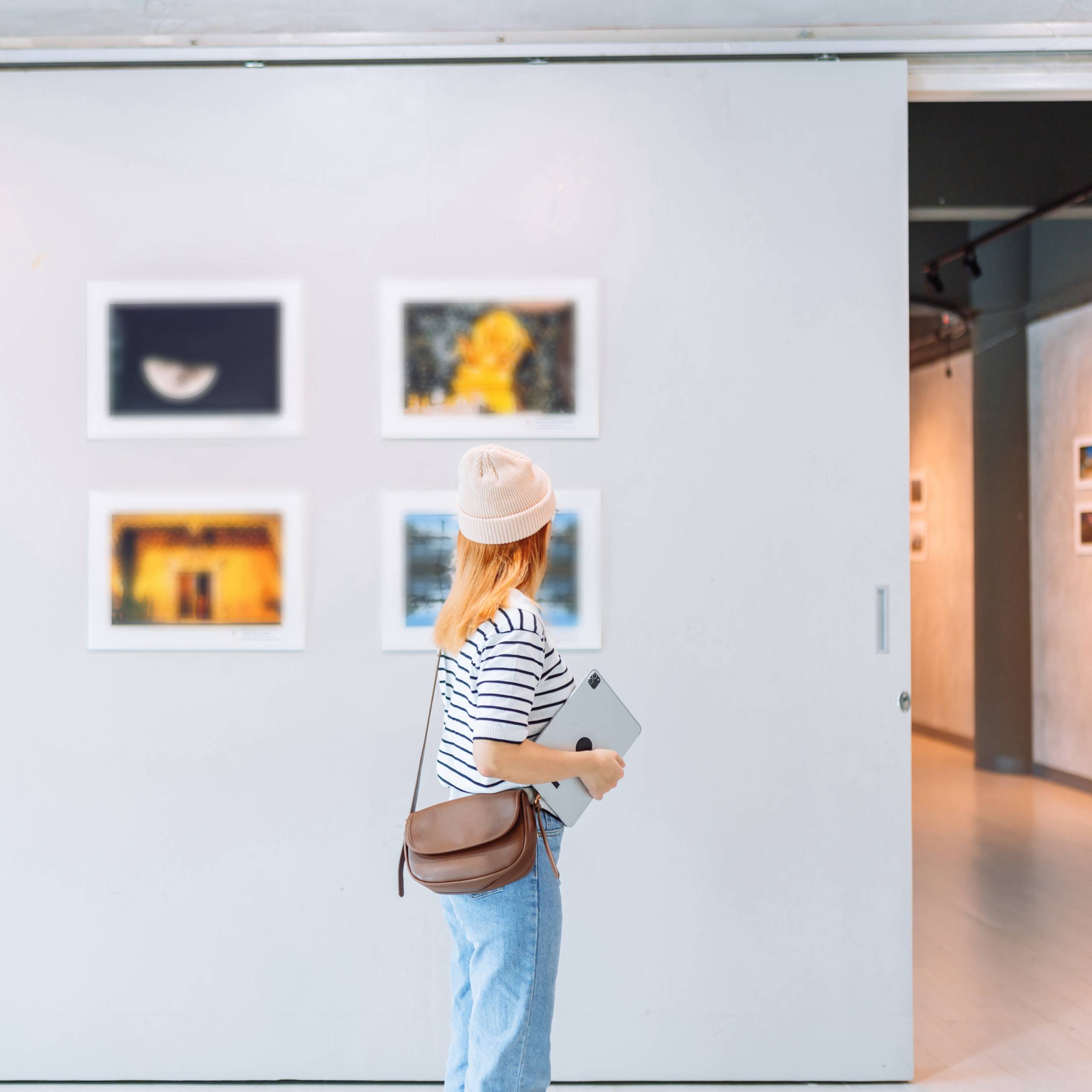Flipping Off
Why do some commercial galleries discourage resale of an artist’s work?
Words: Jo Lawson-Tancred
Once a collector has bought a piece of art, they can do whatever they want with their new possession, right? Not always. They may be free to either hang it over the mantlepiece or keep it sequestered in a Swiss storage facility, but what if they plan to make a quick profit reselling the artwork? In May this year, for example, Shenae and Jade (2005) by Sydney-based artist Petrina Hicks sold for an impressive $68,750 (including buyer’s premium) at local auction house Deutscher and Hackett’s. Increasingly, there is quick money to be made through selling contemporary art in Australia, especially if you pick the right moment. Collectors looking to do so may find themselves coming up against galleries, however, which often go to considerable lengths to discourage this activity, known as “flipping,” particularly in cases where an artist’s star is still ascending. Why?
When a gallery takes on a new artist, it dedicates time and attention to shaping their market with the goal of achieving prices that are not only higher but, perhaps more importantly, stable. A dealer might employ smoke and mirror tactics to imply a low supply of new work, drumming up demand. Or, they might opt only to place works in particularly desirable collections, boosting the artist’s profile. To go from emerging to well-established, an artist’s market will usually grow at a steady rate over the course of decades. Any sudden dip in prices could spook prospective collectors. Unfortunately, this timeframe is threatened by the recent craze for snapping up works by whomever is the hot new “ultra-contemporary” artist of the moment.
After finally getting their hands on a piece by one of these artists, a collector can be sure that the gallery has a long waitlist of buyers vying to get the next one. This means that, if the most recent work headed straight to auction, the perceived scarcity of the artist’s work could incite a bidding frenzy. And wouldn’t a new auction record in the millions be a great thing for the artist? After all, another edition of the same work by Hicks sold at Bonhams Sydney a year earlier in April 2023 for the lesser sum of $39,360 and, at that same sale, Lauren in Red (2003) failed to sell. Surely the heightened interest in the artist this year is positive? Not if it happens too fast. “Before a secondary market can be established, galleries want to see their artists represented in museum exhibitions or well-known private collections,” says art advisor and ex-Christie’s specialist Betsy Thomas. Without this, there is nothing to substantiate a sudden spike in prices brought about by wild speculation, making these inflated figures precarious and liable to falter. “A volatile market makes it challenging for any collectors to make informed long-term commitments, viewing the artist as a short-lived trend,” according to art market expert Astrid Rosetti. It also becomes trickier for serious collectors “to accurately gauge the true value of the work.”
In the case of the recent Hicks resale, there isn’t anything to worry about in terms of damage to her pricing. She has a well-established career, having been included in a long list of public gallery collections, with an enviable exhibition history at leading commercial and public galleries both in Australia and internationally, along with having had critical acclaim across her career and with numerous prestigious art prizes under her belt.
But for less established artists, the sustainability of an artists’ livelihood is put at risk by flipping, in many cases for no immediate reward to the artist since resale royalties are limited to just a few regions across the globe. The negative effect of this trend has been recently exacerbated by a period of economic downturn and stagnant sales, with commentators noting a broader “market correction” might be in the wings as resale prices start to fall well short of their estimates. In March, Katya Kazakina analysed New York’s contemporary art auctions for Artnet News, surmising that “much of what did sell went for well below previous highs”. She highlighted the example of Emmanuel Taku’s Sisters in Pink (2021), which was flipped several times during the year it was made, peaking at $189,000. Three years later, shockingly, the hammer price fell to just $8,000.
To defend their artists from this fate, galleries across the world will control access to the work by vetting potential collectors before making a sale. “Buyers can often feel like showing interest in an artist is part of a larger audition with no guarantee that they will get access,” according to Thomas. Indeed, says Rosetti, “galleries favour collectors who invest broadly in their programme, purchasing works from less sought-after artists to gain access to the more coveted pieces.” As an extra layer of protection, some galleries also add “no resale” clauses to purchase agreements that stipulate the buyer must wait a period of around 3-5 years before offering the work for sale. Alternatively, they might insist on a first right of refusal, so that the client at least resells the work via the same gallery, handing back control over that artist’s market. If these terms are ignored, a gallery might blacklist individuals and spread the intel. For this reason, flippers often prefer private sales to public auctions.
So, is earning a handsome mark-up on a painting ever worth a collector burning bridges and losing that hard-earned top spot on a gallery’s waitlist? Most arts professionals would advise clients to be careful and hold onto a new acquisition for at least three years. After all, as in the case of Hicks, if an artist’s prices rise steadily, there will be an opportunity to make a profit down the line. “Younger collectors are dominating the ultra-contemporary scene and they view art as a financial asset to build wealth,” notes Thomas. “The fundamental shift is that a collector is no longer acquiring ultra-contemporary work for sole enjoyment, they are ‘buying in’ to the market for an artist.” It is therefore usually in their interest that the artist has a stable career and many collectors enjoy taking an active role in supporting artists, for example by loaning out works to public exhibitions. In the words of Rosetti, “ultimately, focusing on the artist’s long-term success and enjoying the piece should be the primary motivation for collecting.”
This article was published in Art Collector issue 109 July to September 2024.







